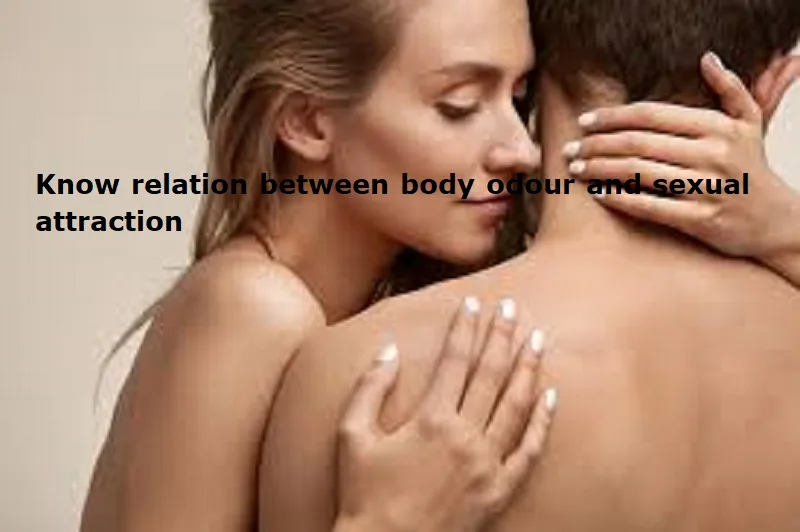
A recent study published in the Archives of Sexual Behavior delved into women’s perceptions of their partner’s body odour during intimate and sexual interactions.
The study provides a nuanced understanding of women’s perceptions of their partner’s body odour in intimate situations. It highlighted how, by recognising the complexities of human attraction and the importance of communication, people can foster more positive and fulfilling relationships. The researchers identified four primary natural odour types — body odour, sweat, genital odour, and semen odour—and three key fragrance categories — cologne, shower gel, and laundry agents.
The study’s findings showed that women’s perception of their partner’s odour changed depending on the situation. Odours deemed unpleasant in other contexts were often accepted or even found appealing during sexual encounters. Another key finding of the study was that intimacy trumps odour: women prioritised the emotional connection and intimacy with their partner over any unpleasant odours.
Moreover, the study’s participants viewed body odour as a natural aspect of sexual activity rather than something to be embarrassed about or hidden. Interestingly, the study also found that open communication with their partner about odour and personal hygiene was important for women’s comfort and satisfaction. Notably, women in relationships were more likely to associate their partner’s natural body odour with feelings of security and home, per the study’s findings.
Also Read: Study reveals link between sexual functioning and ADHD
The findings highlight the complex interplay between physical, emotional, and psychological factors in human attraction and intimacy.
The study examined whether these perceptions differed between single women and those in committed relationships. The study involved 20 women in committed relationships and 20 single women. Among the women in relationships, 13 were dating, while 7 were married. Their ages ranged from 18 to 40 years, with varying lengths of relationship duration for the partnered participants, ensuring a diverse representation of experiences in romantic dynamics.

Post Your Comments